Dreame Aqua10 Ultra Roller Review – 2025
Dreame Editorial Team
|
The Aqua10 Ultra Roller is Dreame’s answer to a simple truth: only a clean mop makes a clean floor. This roller mop robot vacuum keeps its roller fresh in real time, rinsing it with clean water, fluffing the fibers to lift grime, and sanitizing in the dock with hot water. So, you’re never spreading yesterday’s dirt around.
Wrapped in Dreame’s “return to simplicity, pursue the extreme” design philosophy, Aqua10 blends proprietary hardware (roller cover, FluffRoll™, ThermoHub™ hot-wash) with Dreame’s hard-won strengths in obstacle crossing, obstacle avoidance, and smart software to create a user-centric system that adapts to real homes—kids, pets, mixed floors, and all.
In this review, we’ll break down what’s new, how it cleans (vac + mop), how it navigates, what maintenance actually looks like, and who should buy it.
What’s new and exciting about Aqua10 Ultra?
AquaRoll™ continuous fresh-water roller mopping (no dirty-water reuse).
FluffRoll™ module loosens and “fluffs” the roller fibers for deeper stain removal.
AutoSeal™ roller guard that closes over carpets to keep them dry.
AstroVision™ AI object recognition (up to 240+ objects) with LED assist; VersaLift™ retractable LDS for low-clearance spaces.
Few notable upgrades:
ProLeap™ retractable legs + Triple-Wheel AgiLift™ chassis: climbs up to 1.65in (4.2cm) single steps or 3.15in (8cm) double-layer thresholds.
ThermoHub™ high-temp mop wash (up to 212°F / 100°C), dual-solution dosing, and 158°F (70 °C) hot-air mop drying; quieter 122°F (50°C) hot-air dust-bag drying.
Vormax™ suction up to 30,000 Pa, the highest in the Dreame robot vacuums' lineup to date (Sep 15th, 2025).
Keep reading for how these translate into daily wins.
Cleaning Performance
Mopping with fresh water
Aqua10 Ultra Roller's roller mop runs a four-step fresh-water cycle as it moves: spray → scrub → squeeze → refresh.
Fresh water moistens the roller through multi-nozzle control
The roller scrubs with intelligent pressure
A scraper squeezes out used water
A high-pressure pump moves the dirty water away while refreshing the roller
You’re not pushing yesterday’s grime around with AquaRoll™ mopping. The result is a consistent, hygienic mop across long runs.
FluffRoll™ sits behind the roller and spins in the opposite direction at high speed to lift/loosen fibers on the fly, helping the roller reach into micro-grooves and dried-on stains.
Dreame Take Your carpet safety is handled by AutoSeal™: when the robot vacuum senses carpet, a motorized guard closes over the roller to prevent drips or wick-up. Combined with no-mop zones, it’s a reliable wet/dry separation that protects rugs without micromanagement.
Strong suction & reliable anti-tangle brushes
Vormax™ up to 30,000 Pa provides the airflow to pull up heavy debris (kitty litter, beans) and embedded dust in carpet. The HyperStream™ Detangling DuoBrush uses two complementary roller materials and airflow geometry that flings hair into the duct, limiting wraps—even with long strands (Dreame lab tests indicate handling up to ~11.8in / 30cm hair).
During wet passes, TripleUp lifts the side brush (~0.4in / 10mm) and main brush (~0.2in / 5mm) while the roller lowers. For carpet, the roller can lift ~0.55in (14mm) so you can vacuum without dampening. You get fewer clogs, cleaner edges, and less cross-contamination.
Results on different floors
You can expect strong pick up and no water left behind, based on Dreame’s lab tests and system design:
Surface
Mode
Tools engaged
Likely outcome
Kitchen tile
Wet Mop + Standard vac
AquaRoll™ + FluffRoll™, brushes lifted
Removes stuck spills; minimal haze
Sealed hardwood
Wet Mop (low water)
AquaRoll™ + FluffRoll™, no-mop zones for rugs
Even sheen; no streaks; dry rugs
Low-pile carpet
Vac Standard/Boost
DuoBrush, roller lifted, side brush down
Strong pickup; no damp patches
Medium-pile carpet
Intensive Carpet
DuoBrush, roller covered/lifted
Better debris extraction; slower pass
Finer Navigation & Obstacle Avoidance
Aqua10 Ultra Roller is equipped with twin AI cameras + depth cues that identify 240+ object types with fine precision, assisted by an LED fill light for low-light detection. Expect safer behavior around cables, socks, toys, bowls, and pet messes—fewer smears and rescues. (Some AI enhancements roll out via OTA.)
StereoEdge™ uses 3D structured light to sense thin, low-profile hazards and maintain a clean path—even under dim light—without relying solely on RGB imagery.
The model goes with Robotic Retractable Legs, the ProLeap™ system, to conquer real-world transitions up to 1.65in (4.2cm) single steps, or 3.15in (8cm) double-layer thresholds. The Triple-Wheel AgiLift™ chassis manages traction and smooth landings across varied floor types to reduce stalls and thumps.
You won't hear much noise as the robot vacuum rolls around and crosses the thresholds. The integrated shock absorption system prevents harsh collisions and keeps noise levels impressively low, providing quiet, efficient cleaning in every environment.
Maintenance & docking
Aqua10's all-new PowerDock isn’t just a utility box, it’s an industrial design you can live with. The base uses a minimalist, geometric interpenetration language—clean, steady lines and disciplined proportions. The effect is a calm, modern sculpture that just happens to care for your robot.
Beauty aside, the dock is built for low touch. You get:
Auto-empty (up to ~100 days per bag),
Dual-solution dosing (general floor cleaner + pet-odor formula),
Auto water refilling.
ThermoHub™ takes hygiene further: 212°F (100°C) hot-water mop washing in the dock, then 158°F (70°C) hot-air mop drying to prevent odors and keep the roller fluffy. The dock also hot-dries the dust bag (~122°F / 50°C) to reduce musty smells; drying noise is tuned down to around 37dB.
Day-to-day, your job is mostly topping up solution and swapping a dust bag.
Smart controls
Multi-floor mapping, room/zone selection, no-go/no-mop lines, and per-room suction/water levels are all here. Carpet strategy includes Suction Boost, Intensive Carpet (slows and double-cleans), “carpet first,” “carpet crossing,” and rug-safe options to avoid tassels/yoga mats.
What's added: Pet Care & Voice control
Pet Care 4.0 adds pet-zone cleaning and Large Particles Boost for litter/food, plus optional remote pet monitoring and playful pet-vlog captures.
Voice is flexible: offline quick commands, on-device “clean around me,” and integrations for Alexa, Siri, Google—with Matter support to slot into modern smart homes. (Remote features align with TÜV-certified IoT security standards.)
Battery life
A 6,400 mAh pack plus efficient mapping means longer, steadier runs. For big spaces, recharge & resume stitches sessions without you intervening; for smaller homes, you’ll typically finish in one go and dock with capacity to spare. Strong suction and hot-wash docks usually suggest higher energy use, but navigation efficiency offsets that—schedule a daily whole-home pass and add targeted kitchen resets after meals.
Price & value
Aqua10 Roller MSRP is 1,599.99USD. In the Dreame’s range, it's the first-of-its-kind roller system, obstacle hardware, and dock hygiene stack. If you want the deepest, most hygienic mop with minimal intervention, the Aqua10 Ultra Roller’s combination of continuous fresh-water mopping, AI+3D avoidance, serious suction, and a self-care dock justifies the premium. If you simply need a dependable vac-and-mop on a budget, consider mid-range options with pad-style mops and standard docks.
Is the Aqua10 Ultra Roller worth it?
Yes, if you want one of the most advanced wet cleaning you can get in a robot vacuum today. The Aqua10 Ultra Roller is the rare roller mop robot vacuum that keeps its mop fresh in real time, protects carpets with AutoSeal™, avoids clutter with AstroVision™/StereoEdge™, crosses real-world thresholds with ProLeap™, and then hot-washes and dries everything so it doesn’t smell tomorrow. It’s a luxury, but it delivers on the promise of “press start and forget.”
Pros
Continuous fresh-water roller mopping.
Hot-wash & hot-dry dock.
Carpet protection and roller lift.
Obstacle-smart (AI + 3D) with retractable-leg climbing.
Cons
AI features continue to evolve via OTA (keep firmware updated).
Dock width takes more space.
FAQ on Aqua10 Ultra Roller Robot Vacuum and Mop
How is AquaRoll™ different from spinning pad mops?
AquaRoll™ keeps a single roller fed with fresh water while continuously removing dirty water in real time. Spinning pads typically reuse moisture until they return to the dock. Result: less haze, more consistent stain removal.
What does FluffRoll™ actually do?
It loosens and “fluffs” the roller fibers at high speed so they can reach into floor texture and lift dried-on spills more effectively.
Will it wet my carpets?
No. AutoSeal™ closes over the roller on carpet, and the robot can lift the roller while boosting suction for carpet-safe vacuuming. Set no-mop zones for extra insurance.
Is 212°F (100°C) self-cleaning safe?
ThermoHub™ heats the washboard to up to 212°F (100°C) inside the dock to clean the roller, then cools before the robot leaves. Mop drying uses 158°F (70°C) hot air; the dust bag dries at ~122°F (50°C).
How does it handle pet litter or big crumbs?
With Large Particles Boost, AI identifies large debris (e.g., litter/food) and adjusts suction/brush speed and pattern; the DuoBrush airflow helps prevent scatter.
Notes: Specs and capabilities reference Dreame’s lab data; features and availability can vary by region and software version.
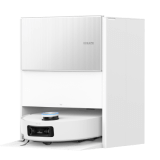
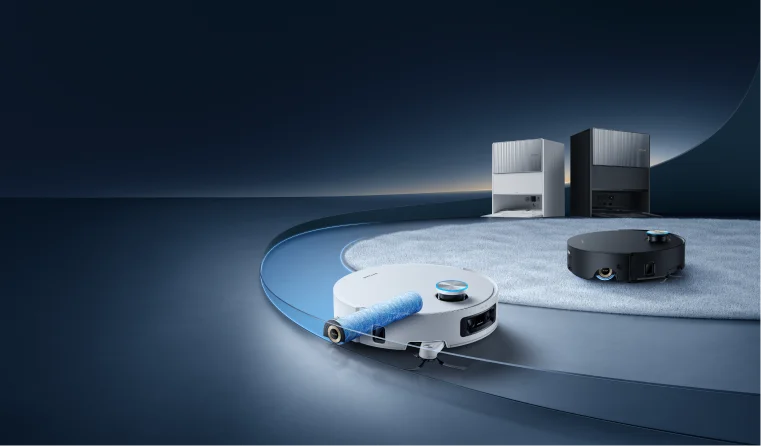

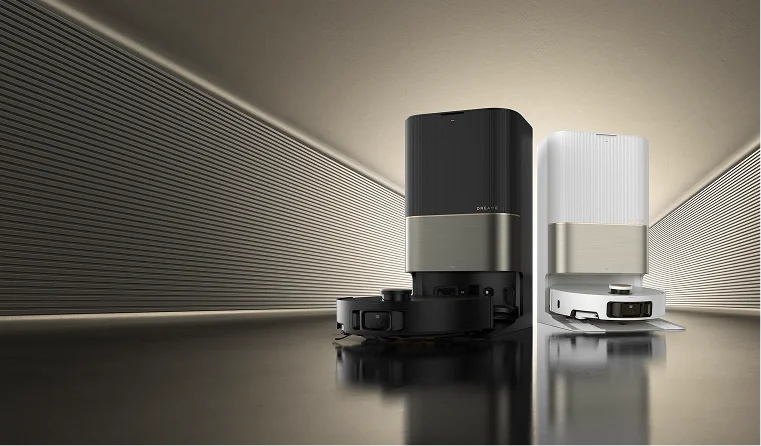
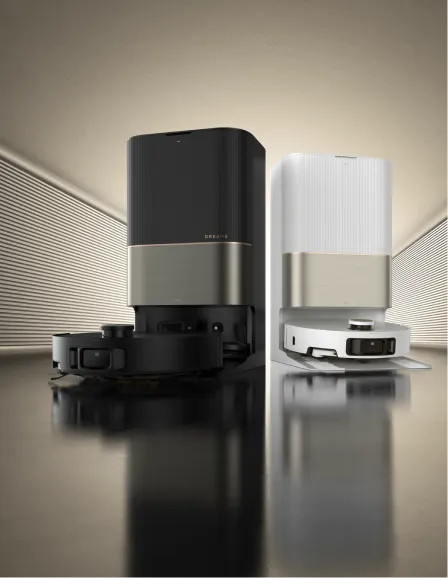

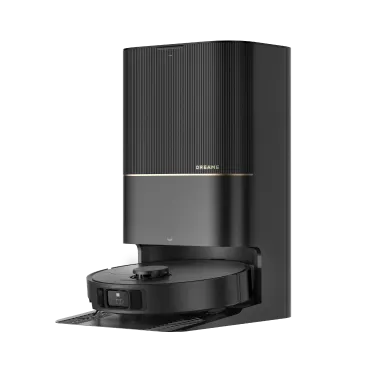
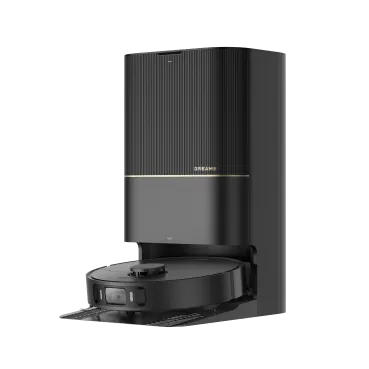
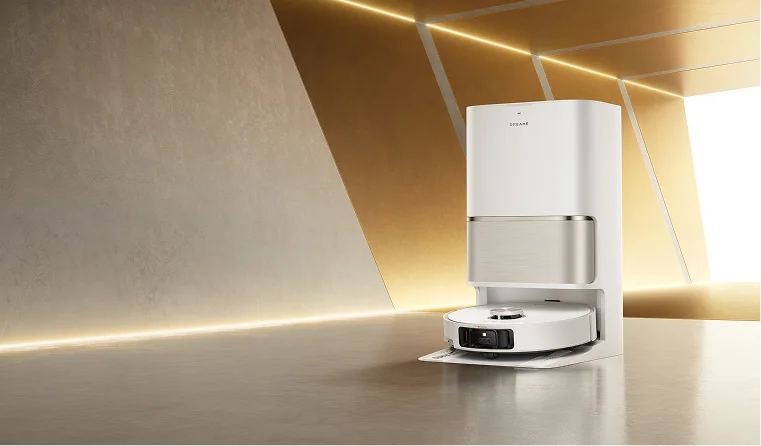
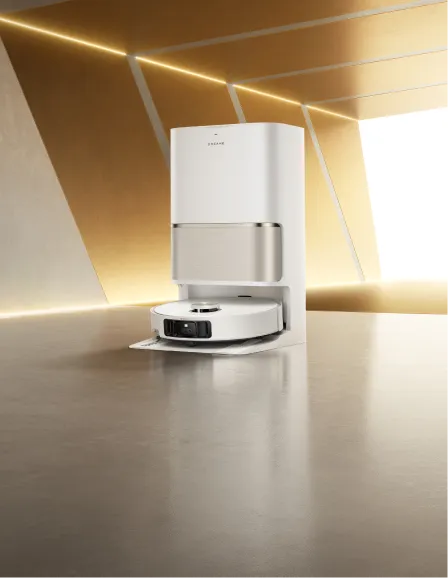
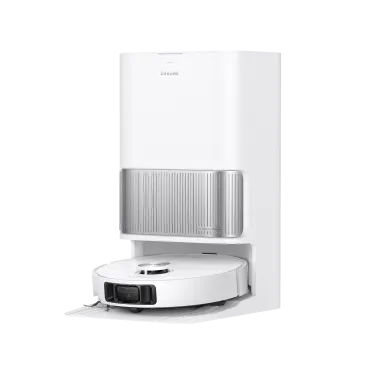
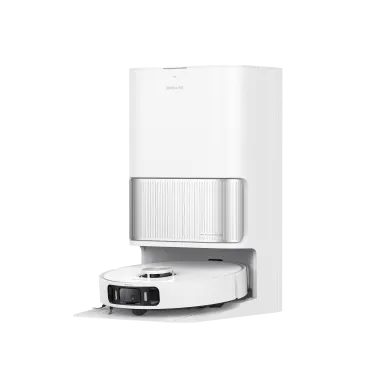
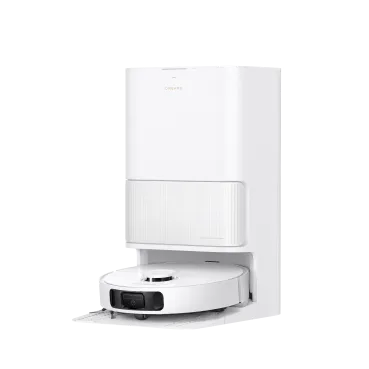
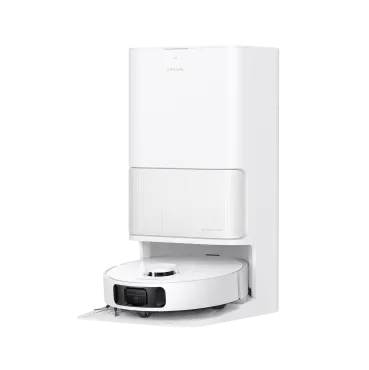
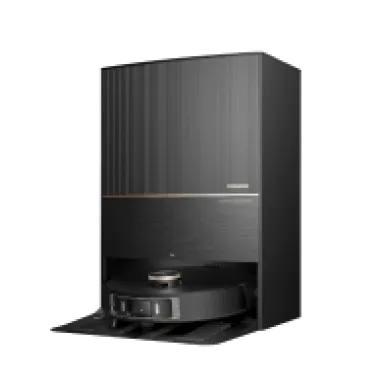

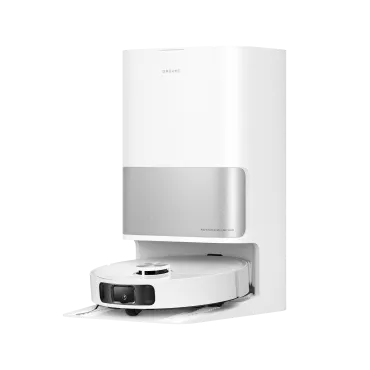
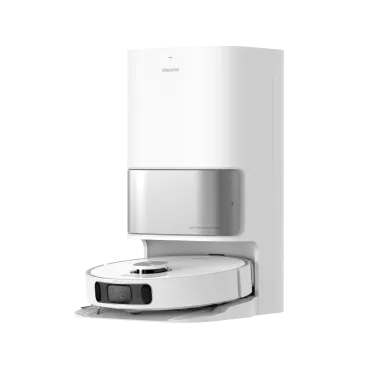
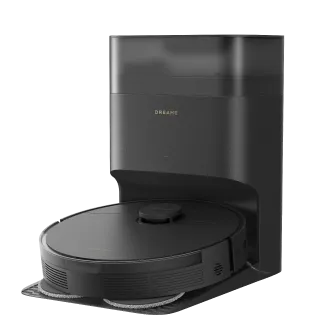
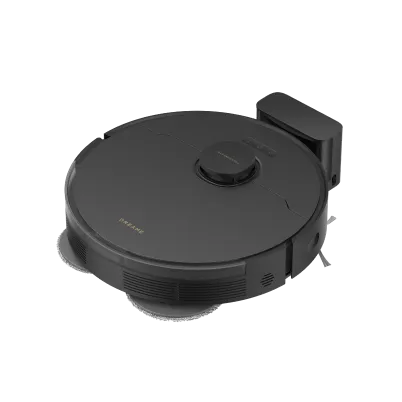
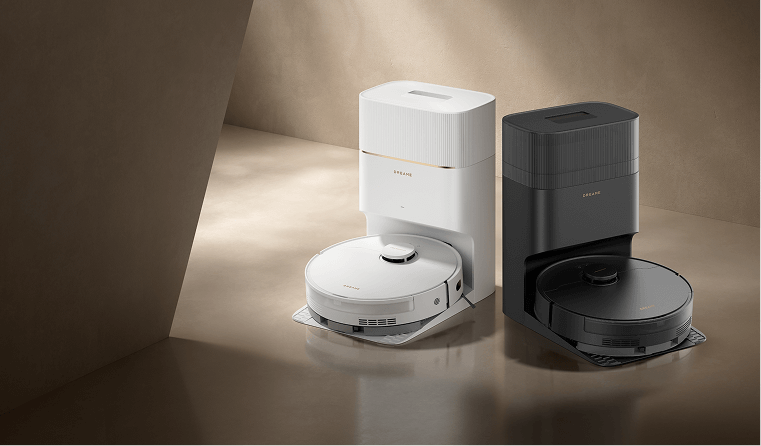
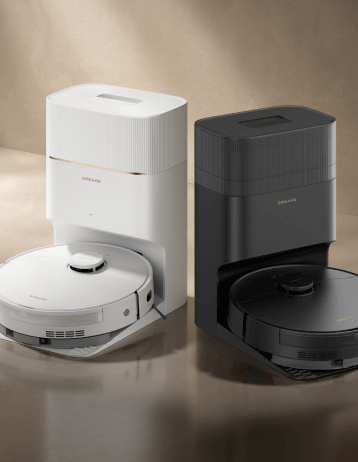
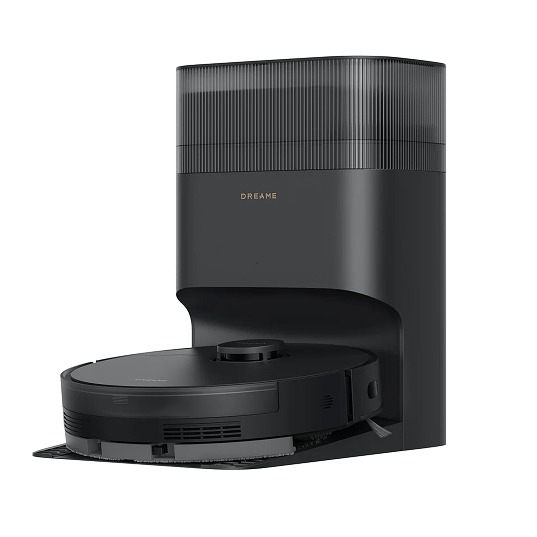

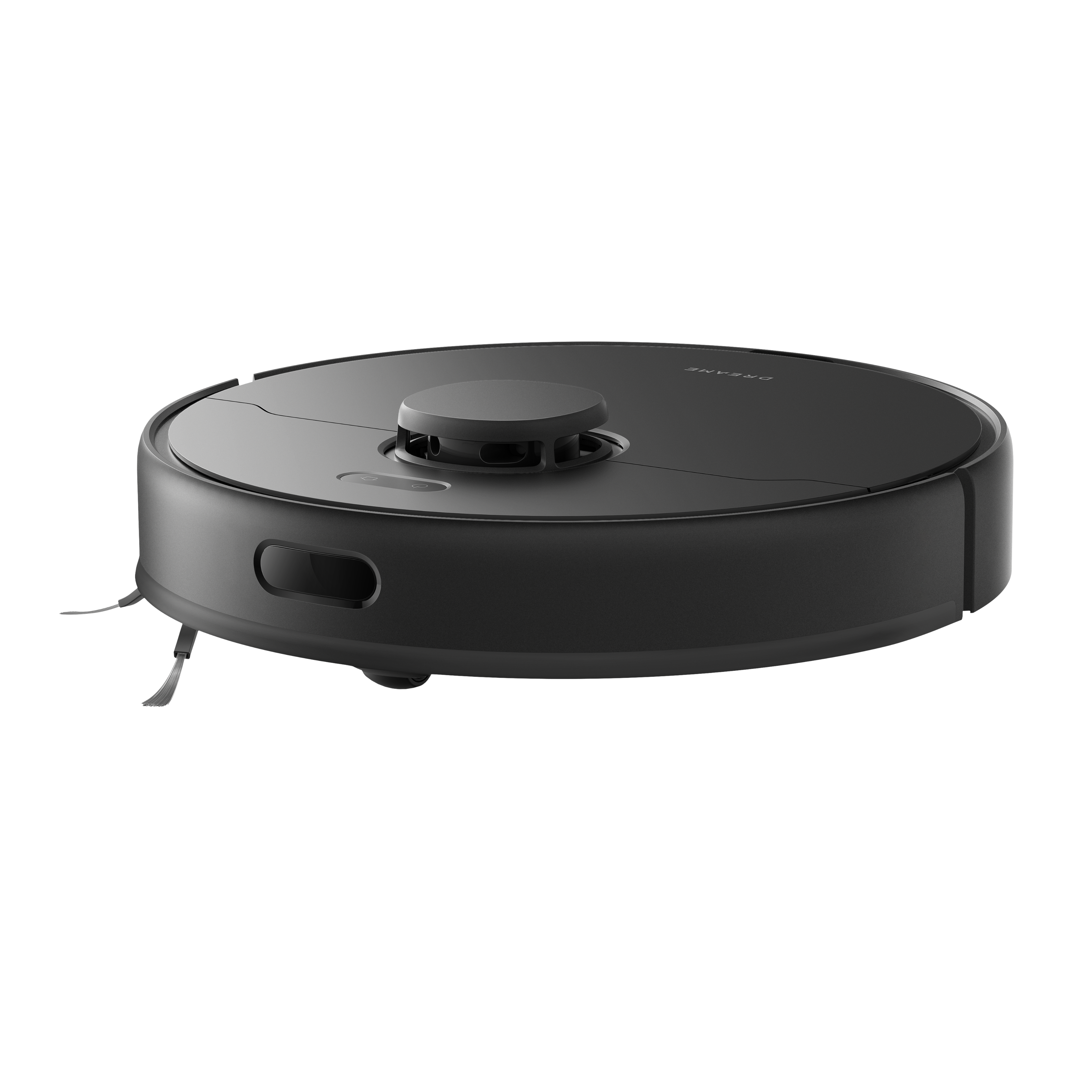
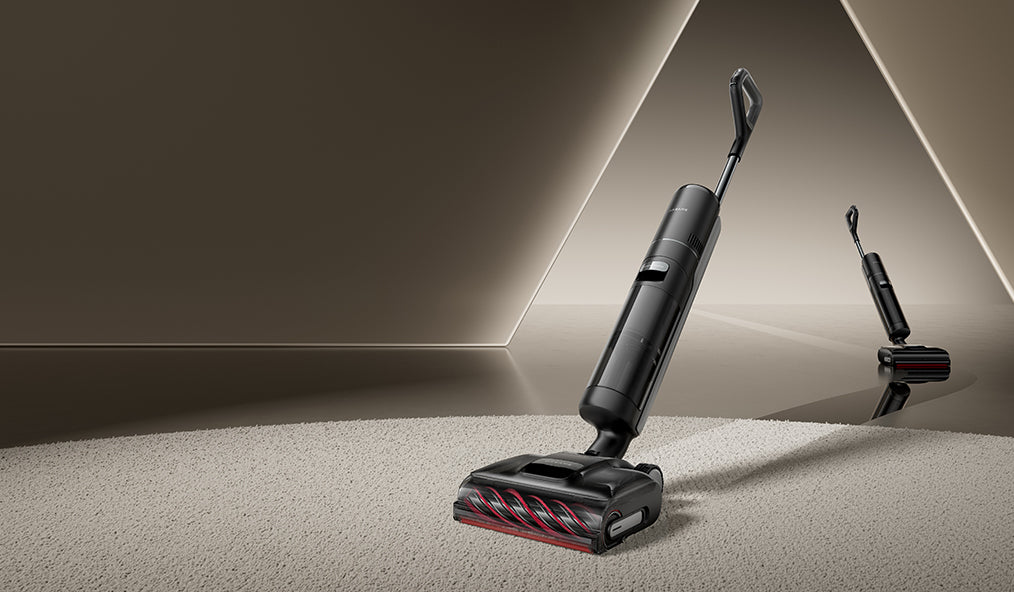
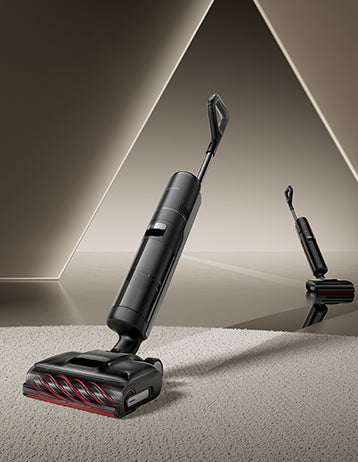
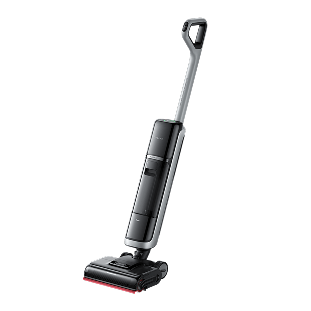
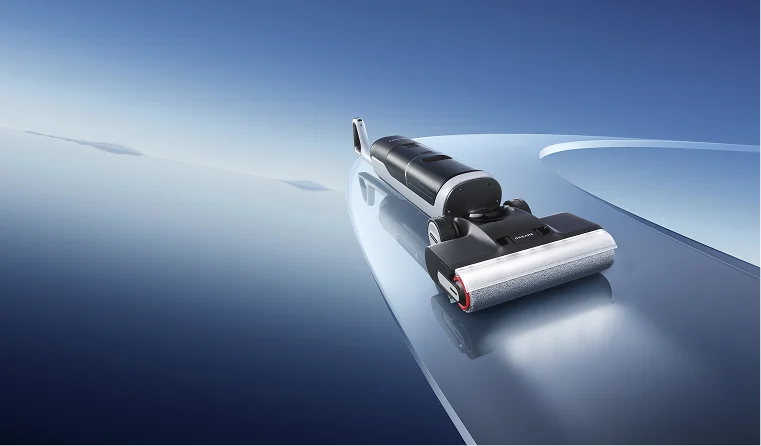
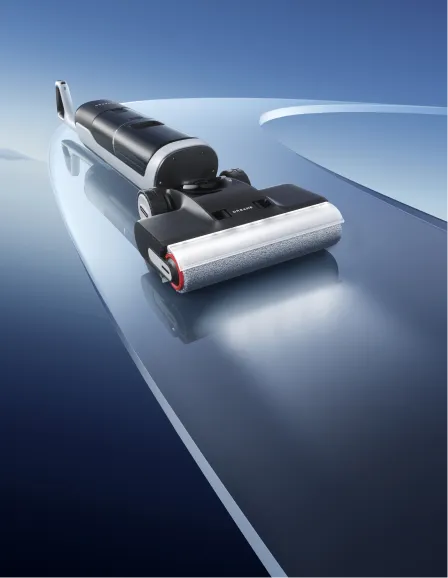
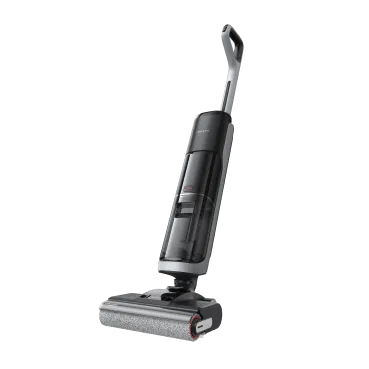
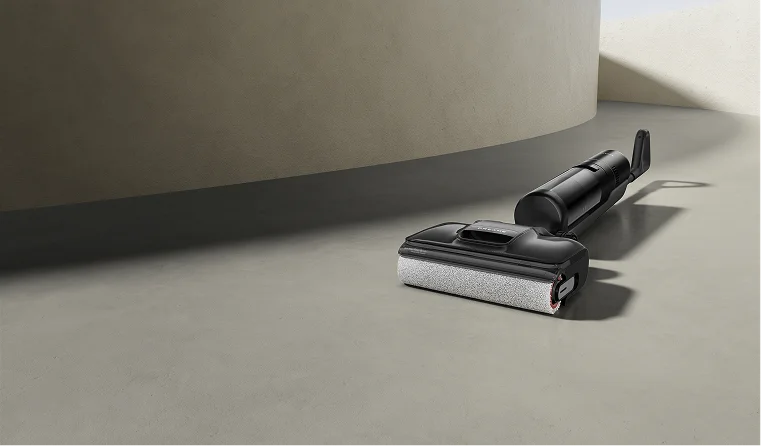
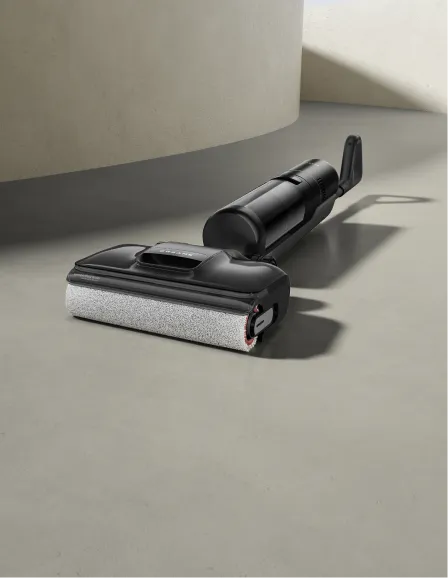
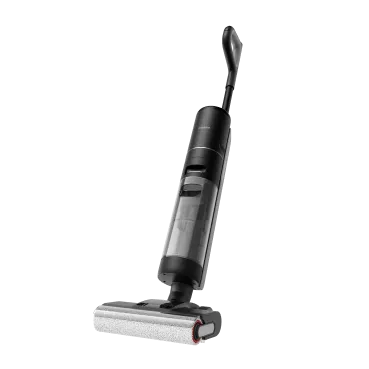
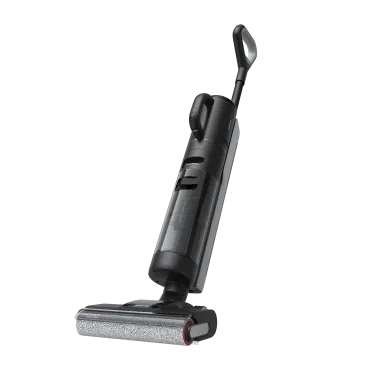
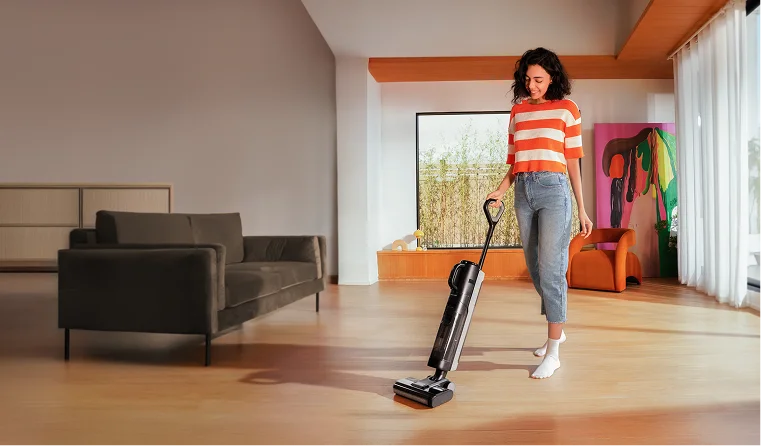
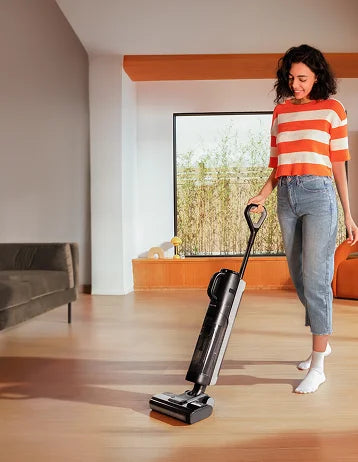
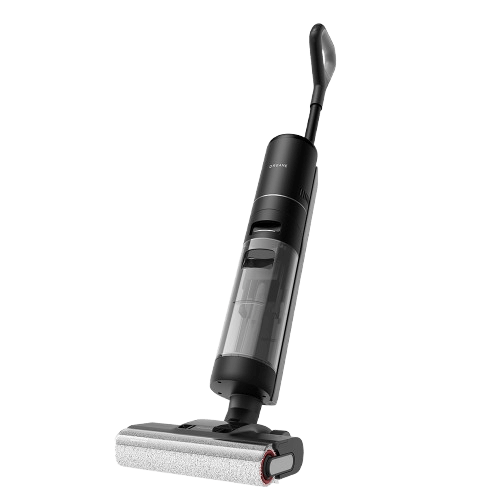
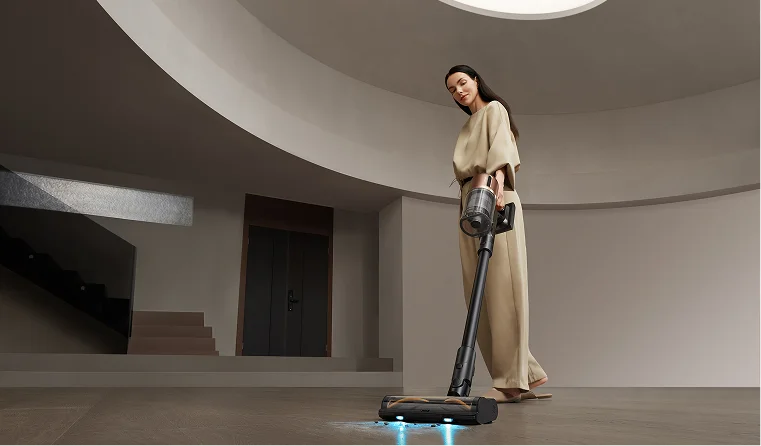
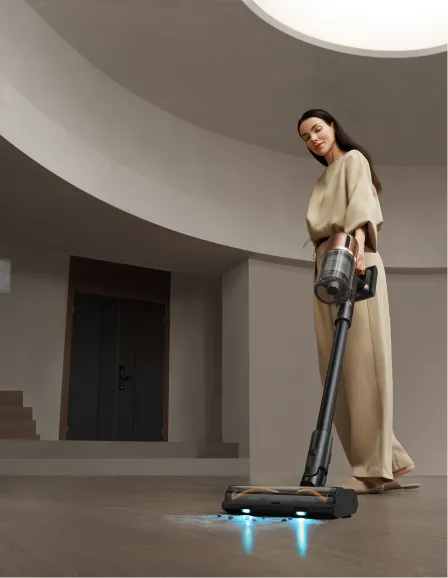

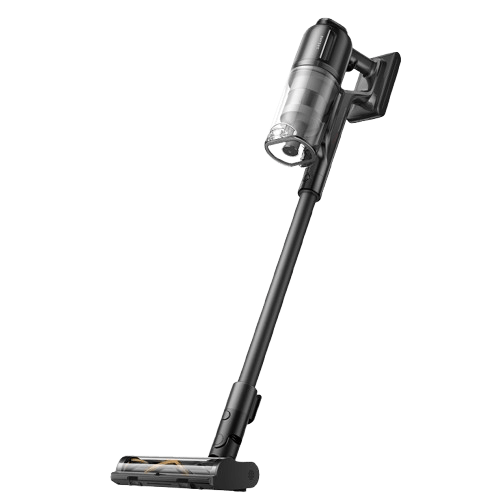

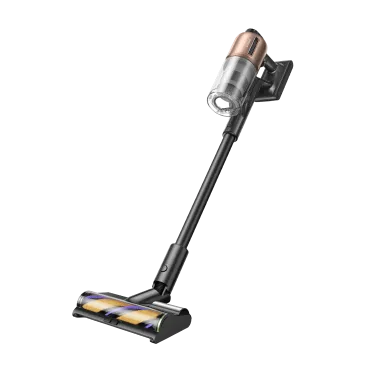
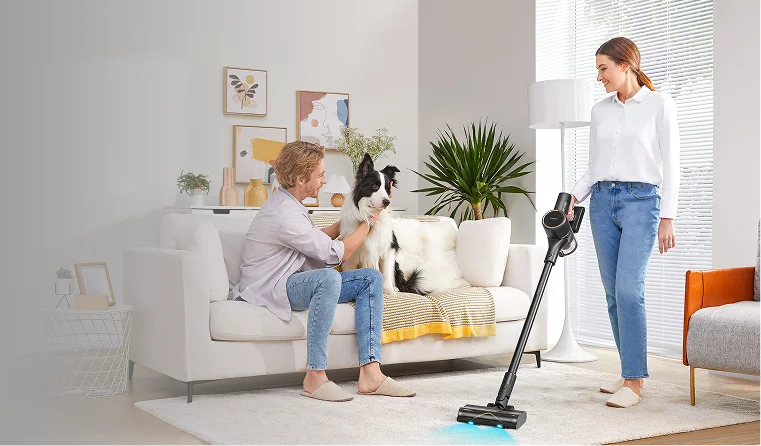
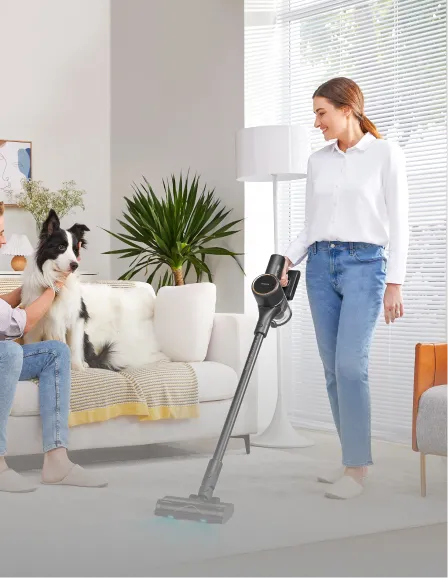
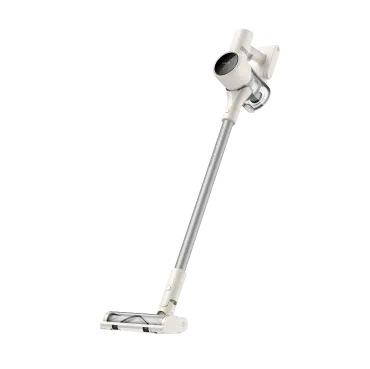
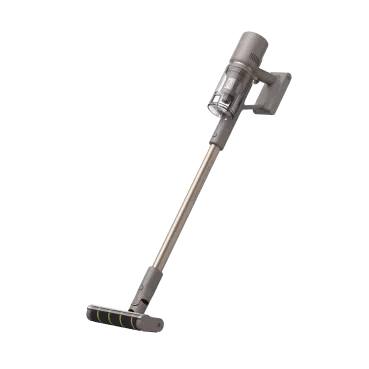
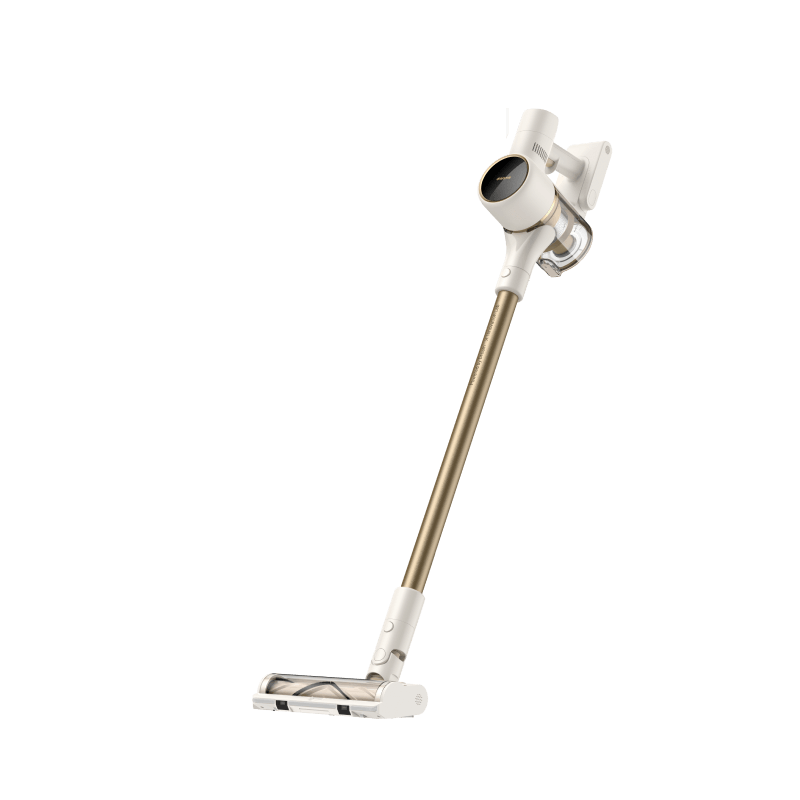
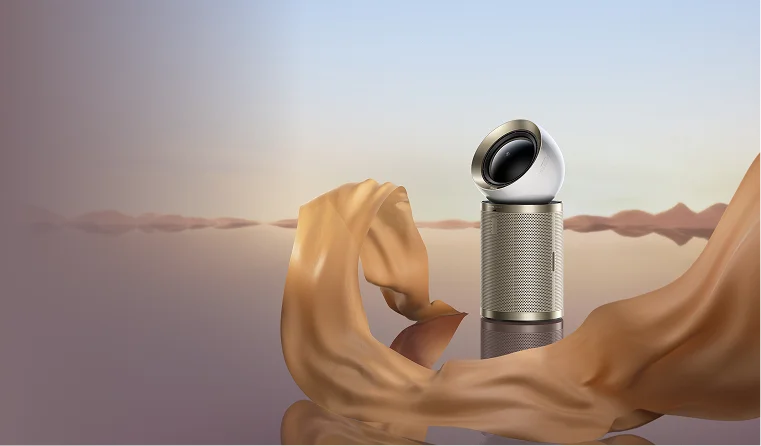
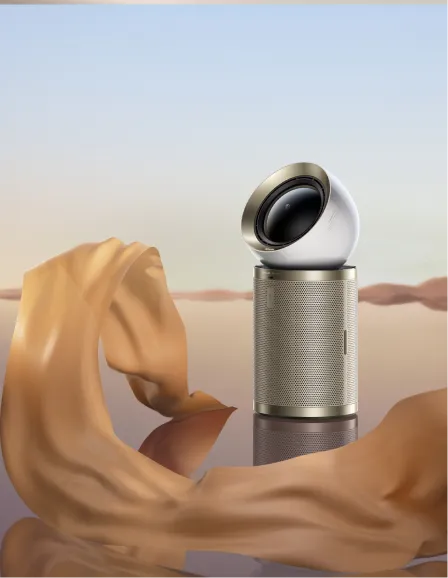
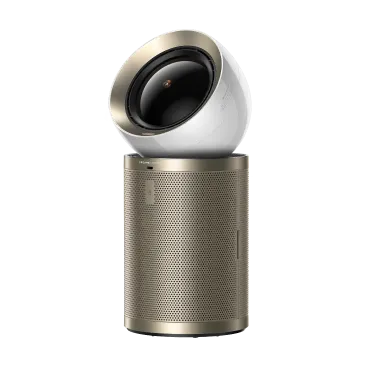
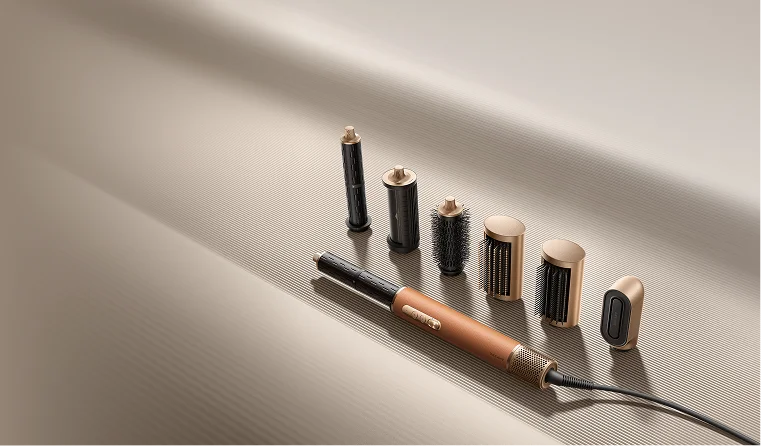
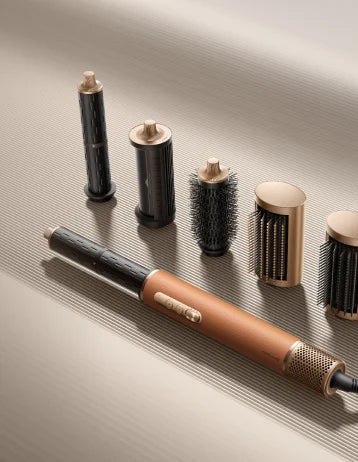
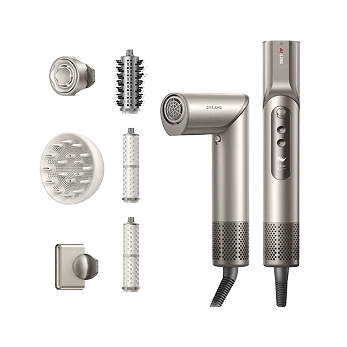
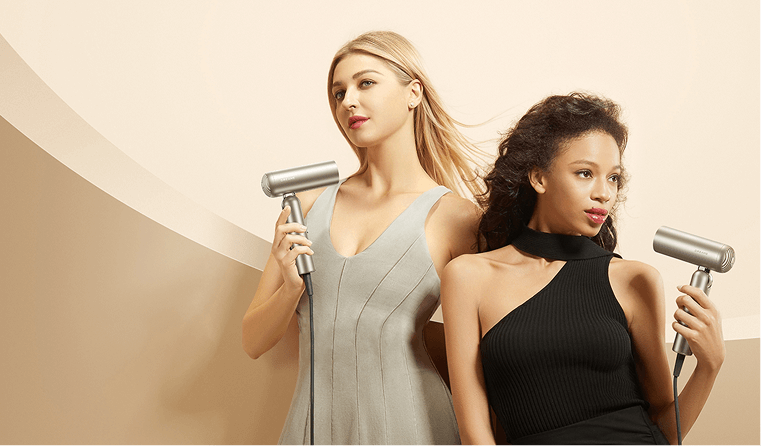
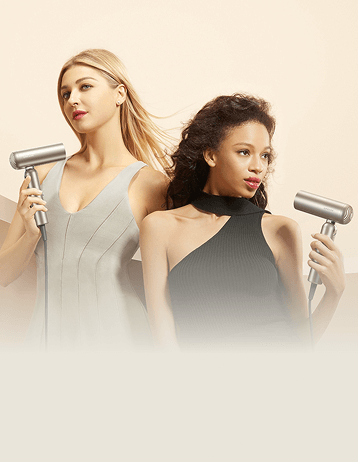

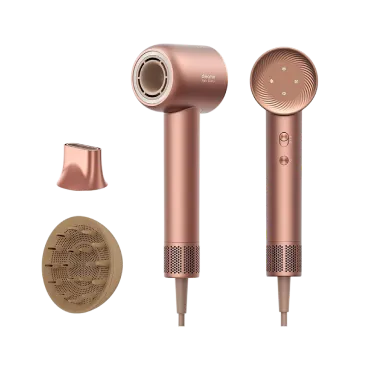

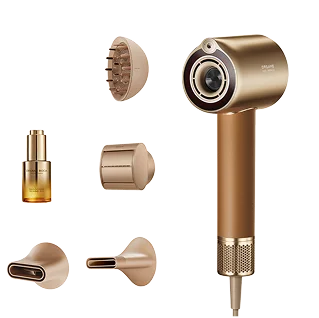



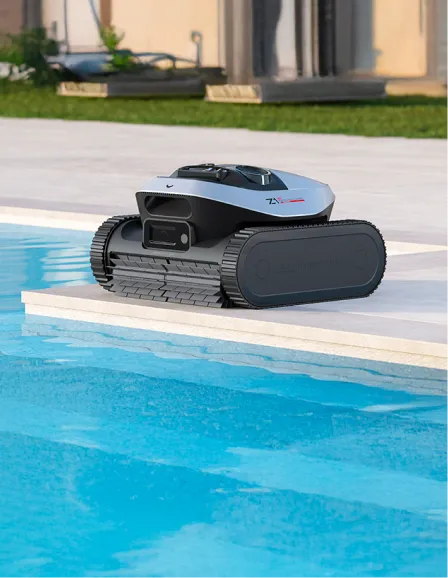
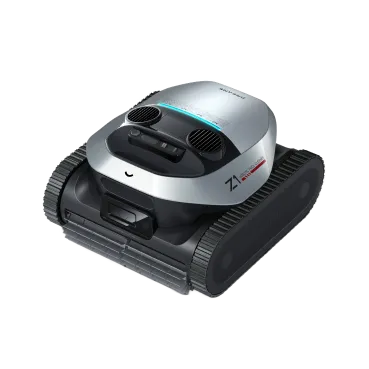
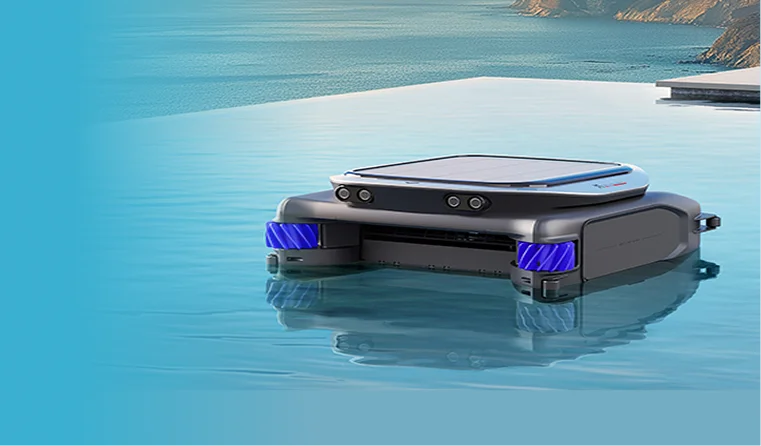











 Australia
Australia 中国大陆
中国大陆 日本
日本


 Türkiye
Türkiye


 Italia
Italia
 Netherlands
Netherlands Belgium
Belgium
 Greece
Greece Polska
Polska
 Norway
Norway
 Sweden
Sweden
 Finland
Finland
 Denmark
Denmark
 Hungary
Hungary Czechia
Czechia
 Slovenia
Slovenia
 Croatia
Croatia
 Switzerland
Switzerland United Kingdom
United Kingdom
 Canada
Canada







